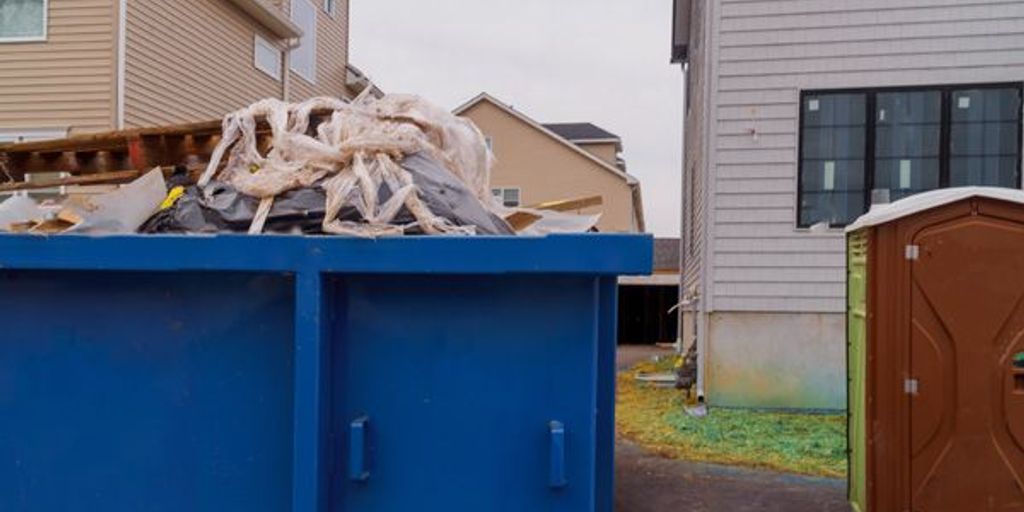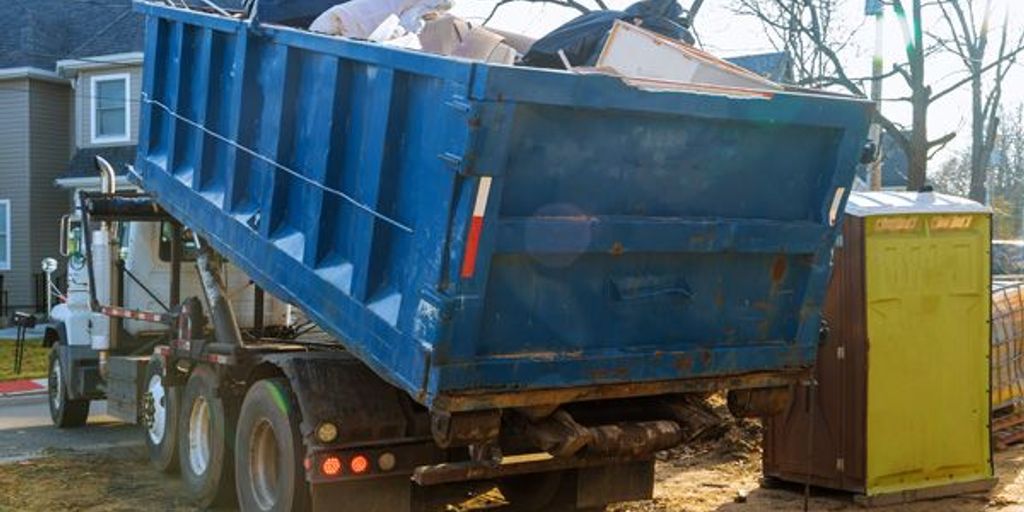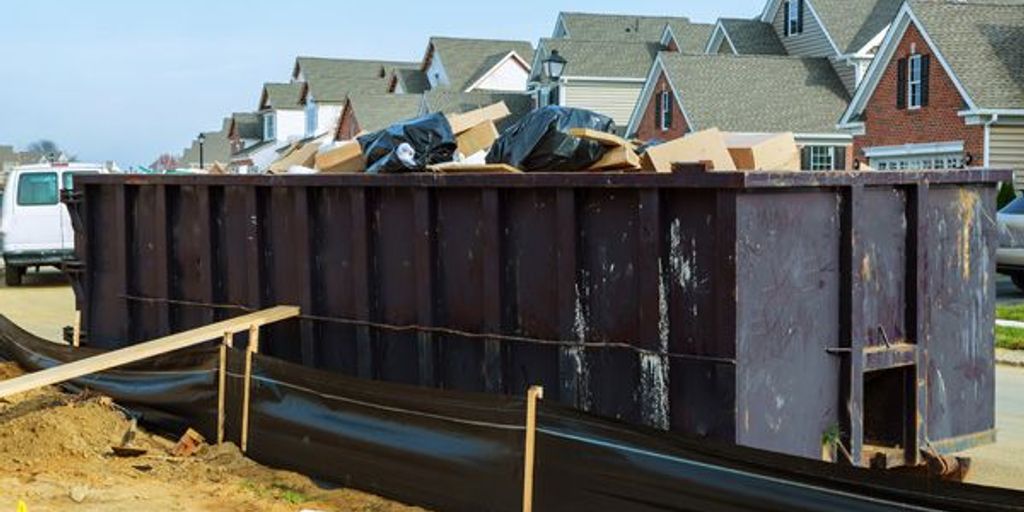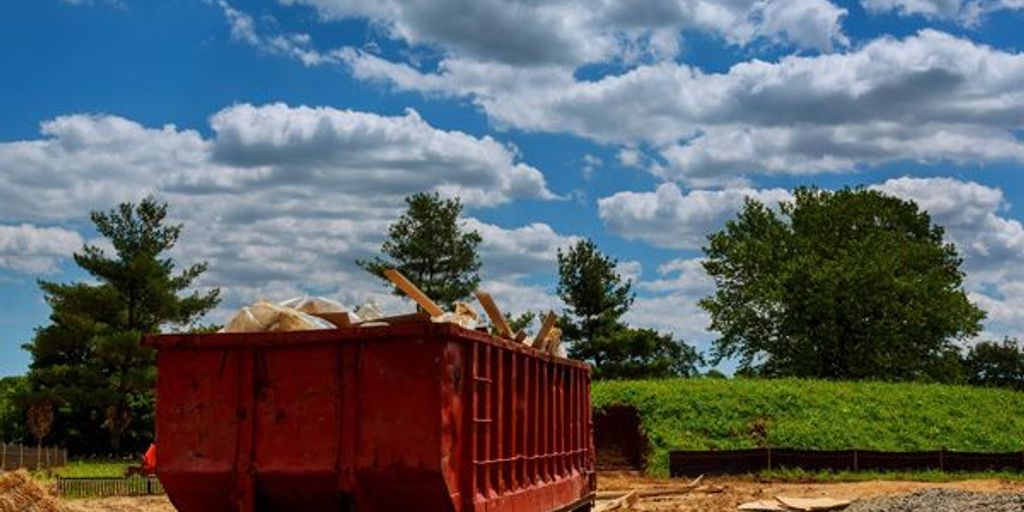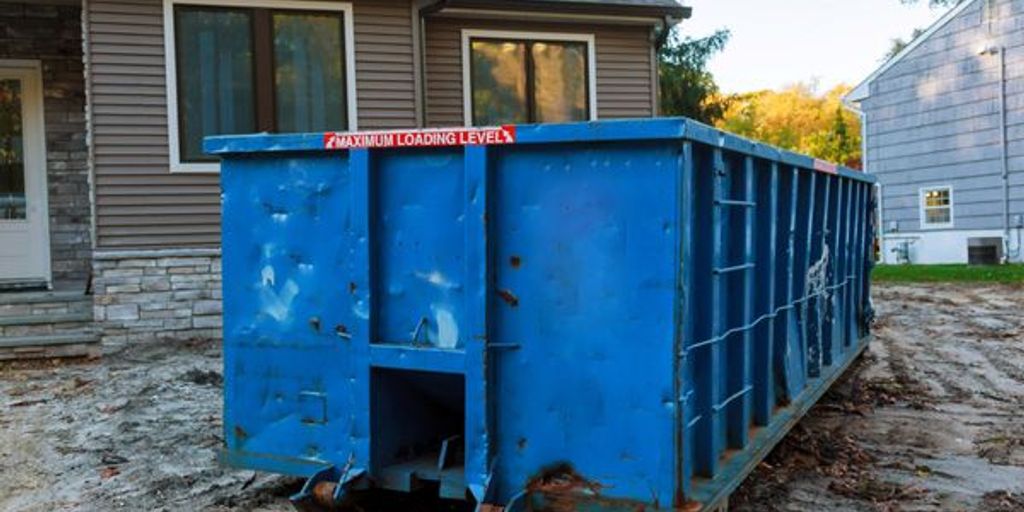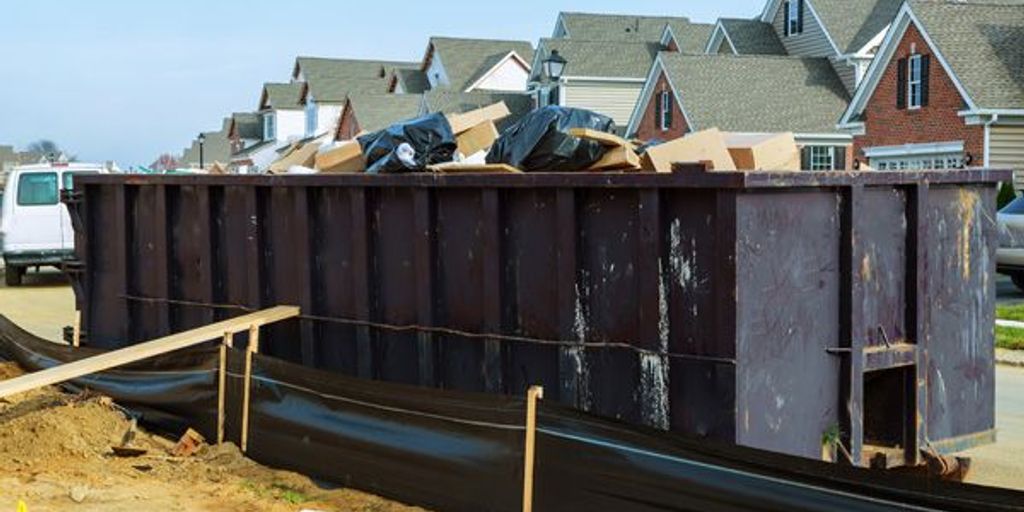Dumpster size for roofing
When tackling a roofing project, one of the most important decisions you’ll make is choosing the right dumpster size. Whether it’s a small repair or a complete tear-off, having the correct dumpster ensures efficient waste management, saves costs, and keeps your project on track. Key Takeaways Different roofing projects require different dumpster sizes, ranging from 10 to 40 yards. Estimating the volume and weight of roofing debris is essential for selecting the right dumpster. The type of roofing material, such as asphalt shingles or concrete tiles, impacts the dumpster size needed. Properly loading and maximizing dumpster space can enhance project efficiency and reduce costs. Avoiding overfilled dumpsters helps prevent additional fees and ensures safety. Understanding Dumpster Sizes for Roofing Projects Common Dumpster Sizes When planning a roofing project, it’s crucial to choose the right dumpster size. Selecting the correct size can save you time and money. Here are some common dumpster sizes and their typical uses: Dumpster Size Usage Approx. Capacity 10-yard Small roofing repairs or partial tear-offs 2,000 sq. ft. of roofing debris 15-yard Small to medium-sized roofing projects 3,000 sq. ft. of roofing debris 20-yard Medium-sized projects like single-layer roof tear-offs 4,000 sq. ft. of roofing debris 30-yard Larger roofing projects or homes with multiple layers 6,000 sq. ft. of roofing debris 40-yard Commercial roofing projects or extensive replacements 8,000 sq. ft. of roofing debris Factors Influencing Size Choice Several factors can influence your choice of dumpster size: Roof size: Larger roofs generate more debris. Material type: Heavier materials like concrete tiles require larger dumpsters. Number of layers: More layers mean more waste. Benefits of Choosing the Right Size Choosing the right dumpster size offers several benefits: Cost Efficiency: Avoid extra fees for overweight dumpsters. Project Efficiency: Streamline your project by having the right capacity on-site. Environmental Impact: Properly sized dumpsters reduce the number of trips needed, lowering fuel consumption and emissions. For smaller commercial renovations, a 20 or 30-yard dumpster could be adequate. In construction, it’s essential to consider the types of materials. Heavy debris like concrete tiles may require larger dumpsters. By understanding these factors, you can make an informed decision and ensure your roofing project runs smoothly. Estimating Roofing Debris Volume Calculating Roof Area To start, you need to figure out the total area of your roof. Measure the length and width of each section and multiply them to get the square footage. If your roof has multiple sections, add up the square footage of each section to get the total area. This is important because it helps you understand the scope of your project. Estimating Material Volume Once you know the total roof area, you can estimate the volume of materials you’ll need to dispose of. Different roofing materials have different weights. For example, asphalt shingles weigh around 250 to 300 pounds per square (100 square feet). Multiply the weight of the material by the number of squares to get the total weight. Adjusting for Multiple Layers If your roof has multiple layers of shingles, you’ll need to adjust your calculations. Each additional layer adds more weight. For instance, if you have two layers of asphalt shingles, double the weight you calculated for one layer. This ensures you choose a dumpster that can handle the total weight of your roofing debris. Estimating the volume of roofing debris accurately helps you avoid overage costs and ensures you rent the right size dumpster for your project. Types of Roofing Materials and Their Impact on Dumpster Size Asphalt Shingles Asphalt shingles are the most common roofing material. They are lightweight and easy to install. For 3-tab shingles, a 20-yard dumpster is usually enough for up to 40 squares. However, for architectural shingles, which are heavier, you might need a 30-yard dumpster for about 30 squares. Cedar Shakes Cedar shakes are heavier and bulkier than asphalt shingles. A 30-yard dumpster is typically required to handle around 30 squares of cedar shakes. This size helps manage the extra weight and volume effectively. Concrete Tiles Concrete tiles are the heaviest roofing material. A 40-yard dumpster is often necessary for every 20 squares of concrete tiles. This ensures you don’t exceed weight limits and can handle the substantial volume. When planning your roofing project, always consider the type of material and its weight to choose the right dumpster size. This helps in efficient waste management and avoids extra costs. Roofing Material Recommended Dumpster Size Approx. Capacity (Squares) 3-Tab Shingles 20-yard 40 Architectural Shingles 30-yard 30 Cedar Shakes 30-yard 30 Concrete Tiles 40-yard 20 Choosing the right dumpster size for your roofing material ensures efficient waste management and cost savings. Weight Considerations for Roofing Debris Average Weights of Common Materials When planning a roofing project, it’s crucial to understand the weight of the materials you’ll be disposing of. Here’s a quick guide to the average weights of common roofing materials per 100 square feet: Asphalt Shingles: 1.95 to 4.25 lbs Wood Shingles: 4.5 lbs Slate: 10 lbs Clay Tile: 12-20 lbs Concrete Tile: 8 to 10 lbs Copper: 0.85 lbs Aluminum: 0.50 lbs Remember, the weight can vary based on the type and quality of the material. For instance, 3-tab shingles are generally lighter than architectural shingles. Impact of Weight on Dumpster Choice Choosing the right dumpster size is not just about volume but also about weight. Metal roofing, while lighter than asphalt, can still take up significant space. Overloading a dumpster can lead to extra fees, so it’s essential to estimate the weight accurately. Avoiding Overweight Fees Overage costs can be as high as $120 per ton in some areas, though $50-$80 per ton is typical. To avoid these fees, estimate the weight of your debris first and then choose the appropriate dumpster size. Here’s a quick reference for common dumpster sizes and their weight limits: Size of Roof (3-Tab Shingles) Estimated Weight of Debris Recommended Dumpster Size 15 square 3,750-6,000 lbs 10 yard 20 square 5,000-8,000 lbs 20 yard 25 square 6,250-10,000 lbs 20 yard 30 square 7,500-12,000 lbs
Dumpster size for roofing Read More »

